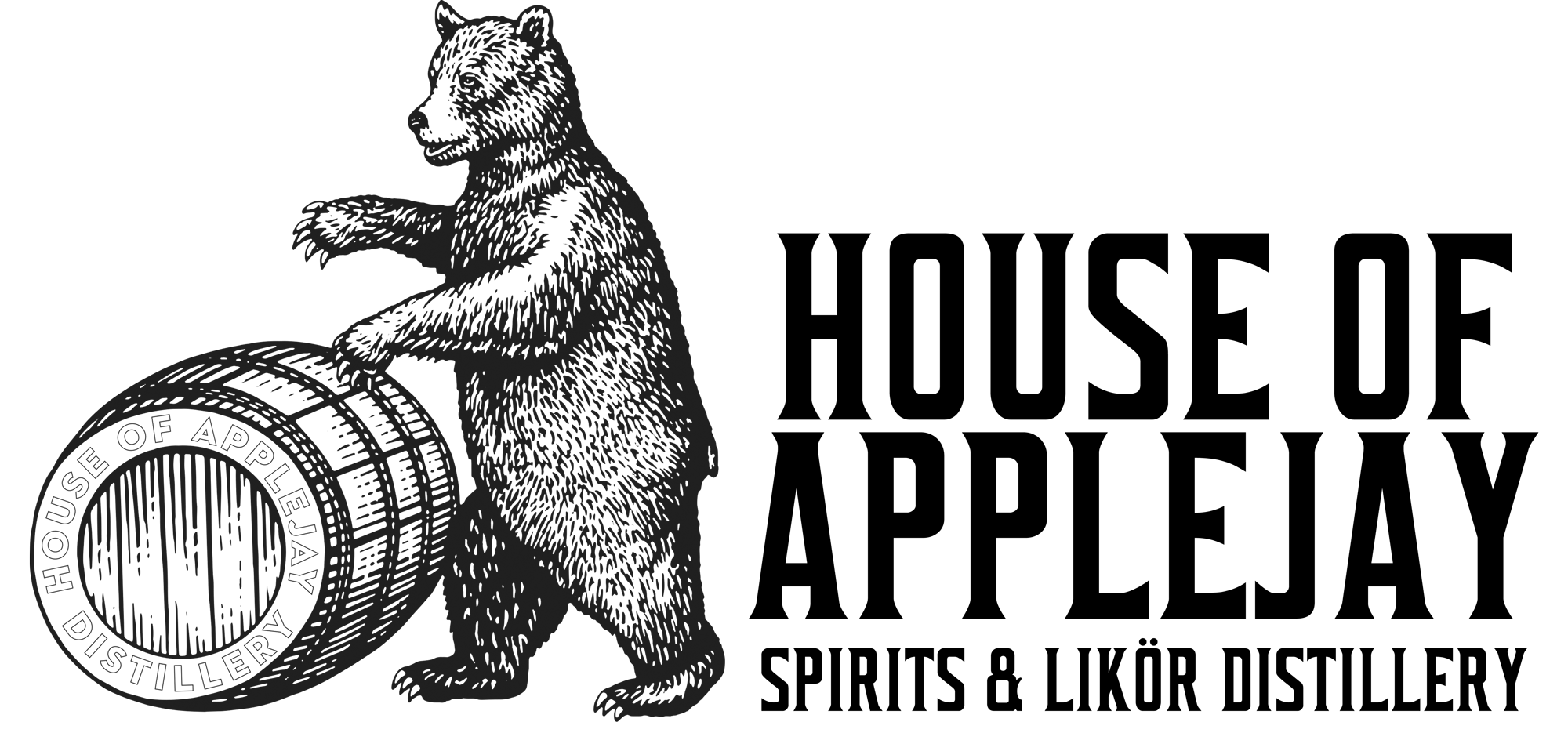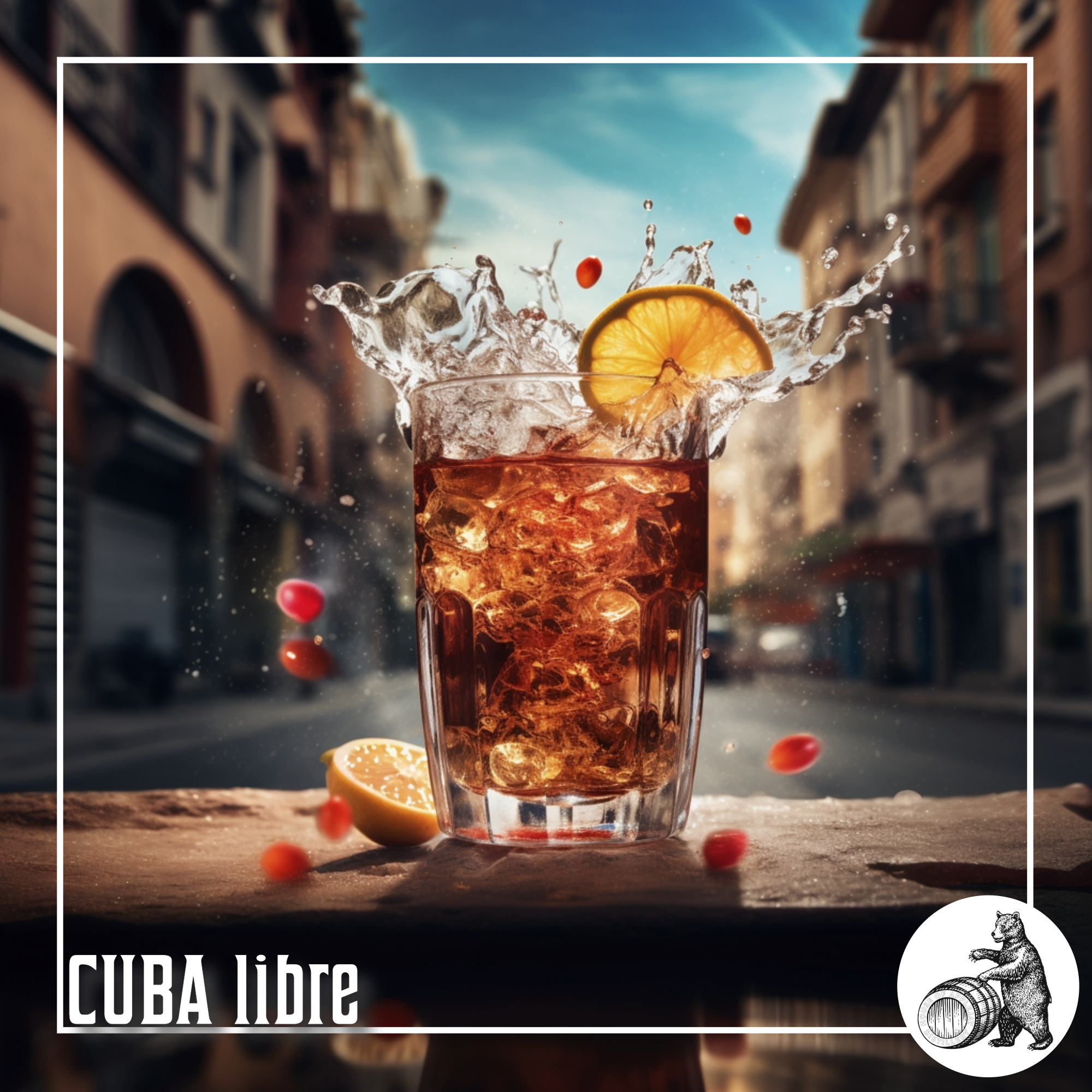Cuba Libre
Cuba Libre: Tracing the Heritage of a Liberating Sip
In the world of mixology, few cocktails boast a narrative as compelling as the Cuba Libre, a concoction that transcends its simple blend of rum and cola. Emerging from the echoes of the Spanish-American War, this iconic drink carries within its effervescent bubbles the spirit of a liberated Cuba, blending history, culture, and a timeless toast to freedom.
Liberty in a Glass: U.S. Soldiers and the Alleged Naming of “Cuba Libre” in Old Havana
Cuba Libre (also Rum & Coke) is one of the most served cocktails in the world. Just few know that the drink is dating back to the time of the Spanish-American War (April 21 – August 13, 1898), an armed conflict between Spain and the United States. For Cuba, the war marked the end of decades of wars against Spain and it was the birth of an independent nation “Cuba Libre” (“Free Cuba“). One version of the story goes that Cuban soldiers used to sip a drink mixed of molasses, water and rum that was named “Free Cuba” after the battle-cry of the Cuban Liberation Army.
Another version tells a story of a group of U.S. soldiers that went out for some drinks in a bar in Old Havana, Cuba. Right after the war American businesses started to enter the Cuban market. The soft drink Coca-Cola was invented in 1886 by an American pharmacist in Atlanta, GA. In 1902 Coca-Cola began sending its cola syrup to Cuba, and it became a huge success. It is said that U.S. soldiers mixed rum with cola and toasted to a free Cuba “Por Cuba Libre!” allegedly naming the famous cocktail.
Some though claim that the cocktail was named after the U.S. Army camp in Jacksonville, Florida which was nicknamed “Camp Cuba Libre” in 1898 – though there is not much of a proof for this theory.
In 1928 Basil Woon wrote a book “When It’s Cocktail Time in Cuba…” about the early days of a “free Cuba” marked by American investors and tourists that visited the island to drink, gamble, and party under the tropical sun. The book also proves the availability of Cuba Libre cocktails at the American Club in Havana.
The Bacardí
Established in Santiago de Cuba in 1862, Bacardí stands as a symbol in the world of rum, with a rich heritage that echoes through generations of Cuba Libre cocktails. This renowned brand has not only crafted spirits but has also become intertwined with the cultural tapestry of Cuba.
The original distillery in Santiago de Cuba laid the foundation for Bacardí ‘s legacy, producing rum that quickly gained popularity on the island. However, the winds of change blew in 1934 when Bacardí faced the challenges of steep import duties in the United States. In response, the company established its first plant in Puerto Rico, ensuring its continued presence in the American market and solidifying Puerto Rico as a key production hub for Bacardí rum.
The brand played a pivotal role in the development of the iconic Cuba Libre cocktail, and is likely one of the most used rum for this cocktail. The tumultuous events of the Cuban Revolution in 1959 saw the Bacardí family expropriated in Cuba, leading to a significant chapter in the brand’s history. Despite the challenges, Bacardí persevered and continued its legacy outside of its Cuban roots. Today, the Bacardí distillery in Puerto Rico remains one of the main production locations, ensuring that the spirit of Bacardí continues to be enjoyed worldwide. Bacardí ‘s enduring success lies not only in its commitment to craftsmanship but also in its ability to adapt to changing times.
The Distilling Culture
BLOG
Embark on a global journey, and you’ll find that cultures possess tales that harken back to their ancient beginnings of distillation, brewing, and winemaking.
info@houseofapplejay.com
67 Fowler St, Bldg B, East Ellijay, GA 30540

